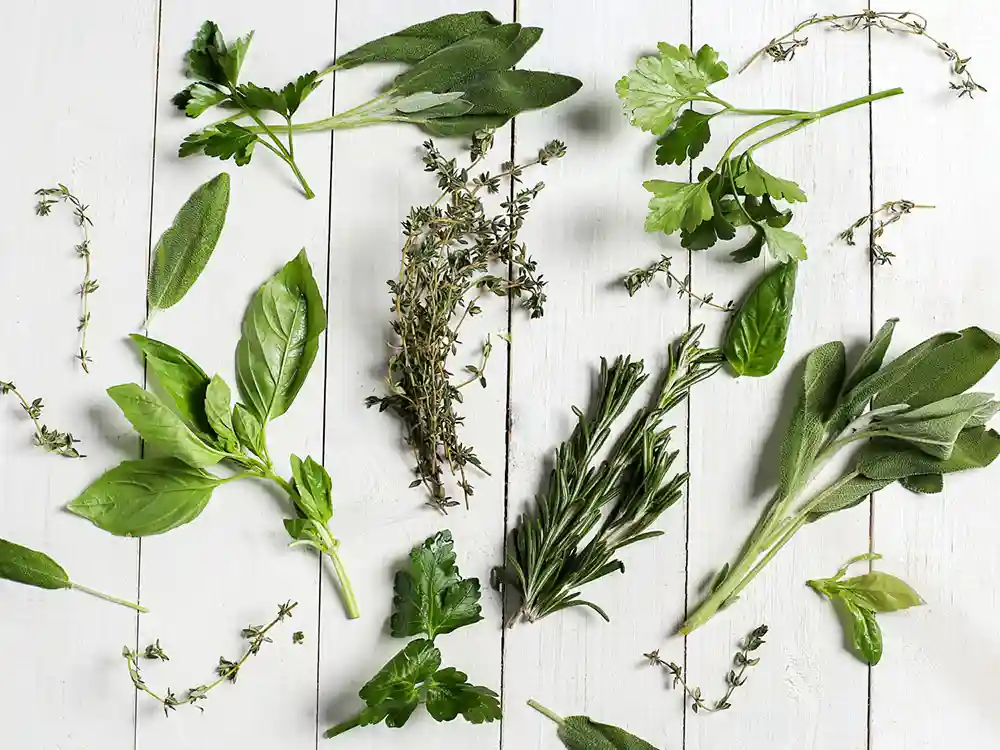One of the most popular herbs used in cooking, basil is known for its distinctive aroma and flavor. It’s commonly used in Italian, Thai, and Mediterranean cuisines, adding a fresh and vibrant touch to various dishes. However, if you’ve ever grown basil, you may have noticed that it eventually flowers. This raises the question: can basil be used after it flowers?
Understanding Basil Flowering
When basil plants mature, they produce small, delicate flowers that range in color from white to purple. While these flowers may look beautiful, they actually signify the end of the plant’s lifecycle. Once basil flowers, it starts to focus its energy on producing seeds rather than growing more leaves. This can result in a decline in the quality and flavor of the leaves.
Using Basil Leaves Before Flowering
The best time to harvest basil leaves is before the plant flowers. At this stage, the leaves are at their peak flavor and aroma. To harvest basil, simply pinch or cut off the leaves, starting from the top of the plant. Avoid removing more than one-third of the plant at a time to ensure it continues to grow and produce more leaves.
Whether you’re making pesto, adding basil to salads, or using it as a garnish, fresh leaves harvested before flowering will provide the best taste and fragrance.
Using Basil After Flowering
While basil leaves are best used before the plant flowers, it doesn’t mean that you can’t use basil after flowering. Even though the leaves may not be as flavorful as they were before, they can still be used in cooking.
Here are a few tips for using basil after it flowers:
- Remove the flowers: As basil starts to flower, it’s a good idea to remove the flower buds. This will redirect the plant’s energy back into producing leaves rather than seeds. Simply pinch off the flowers to encourage new leaf growth.
- Trim the plant: If your basil plant has become leggy or overgrown, you can give it a trim. Cut the plant back to about half its size, removing any woody stems or yellowing leaves. This will help stimulate new growth and rejuvenate the plant.
- Use the leaves in cooked dishes: While the flavor of basil leaves may diminish after flowering, they can still add a hint of freshness to cooked dishes. Add the leaves towards the end of the cooking process to preserve their aroma.
- Dry the leaves: If you have an abundance of basil leaves after flowering, you can dry them for later use. Simply hang the stems upside down in a cool, well-ventilated area until the leaves are dry and crumbly. Store them in an airtight container and use them in soups, stews, or teas.
Conclusion
While basil leaves are at their best before the plant flowers, you can still use basil after flowering. By removing the flowers, trimming the plant, and using the leaves in cooked dishes or drying them, you can continue to enjoy the flavors and benefits of basil even after it has reached the flowering stage.
So, the next time your basil plant starts to flower, don’t worry! You can still make the most of this versatile herb and add a touch of freshness to your favorite recipes.


